what remains washes away
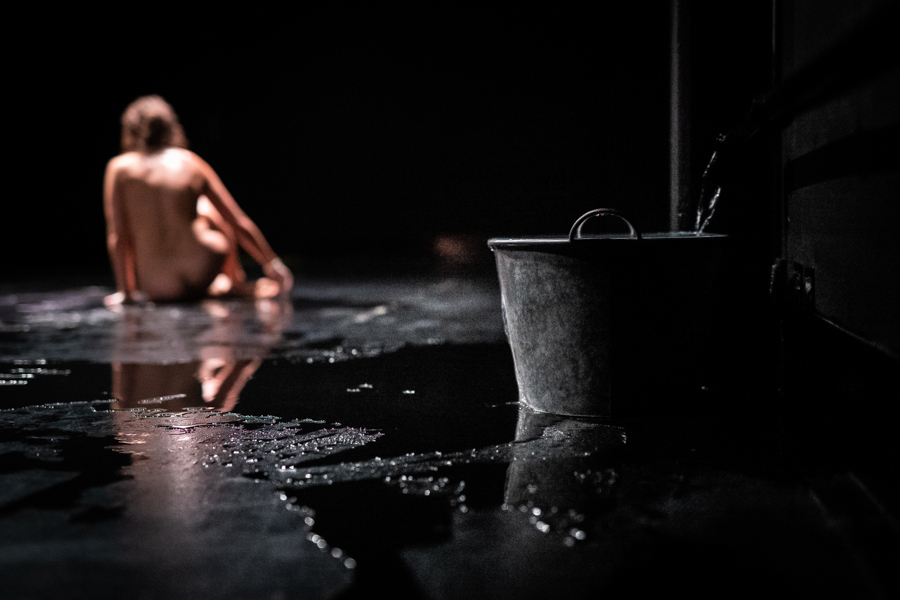
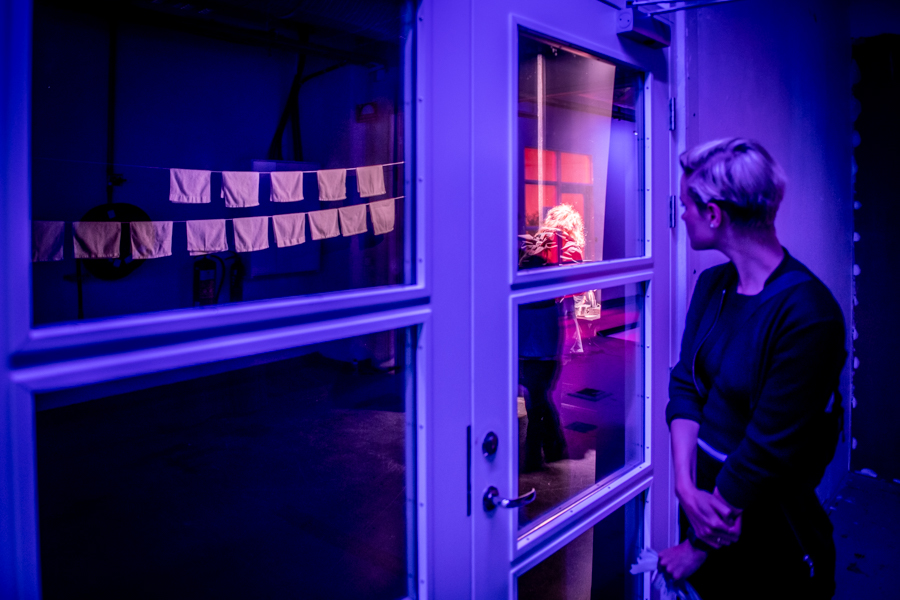
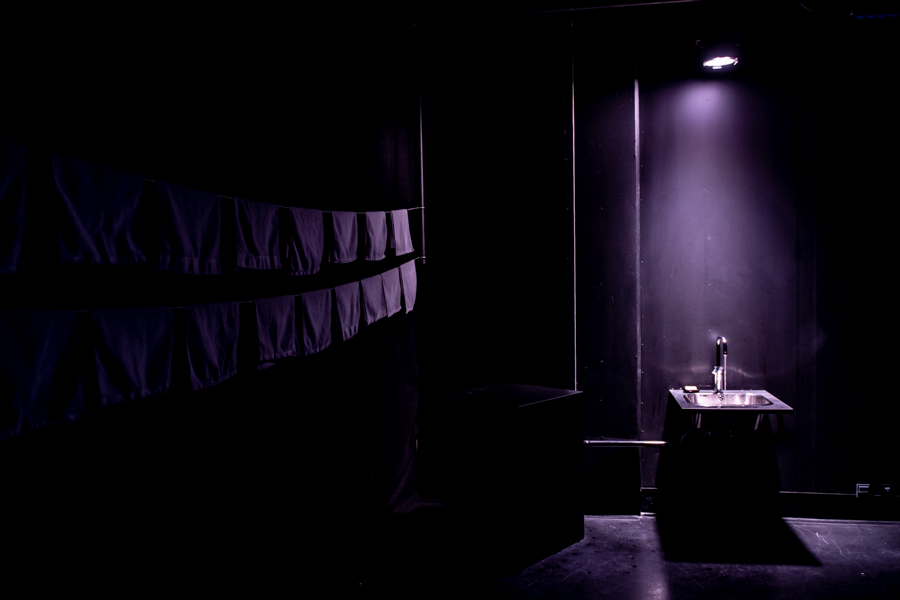
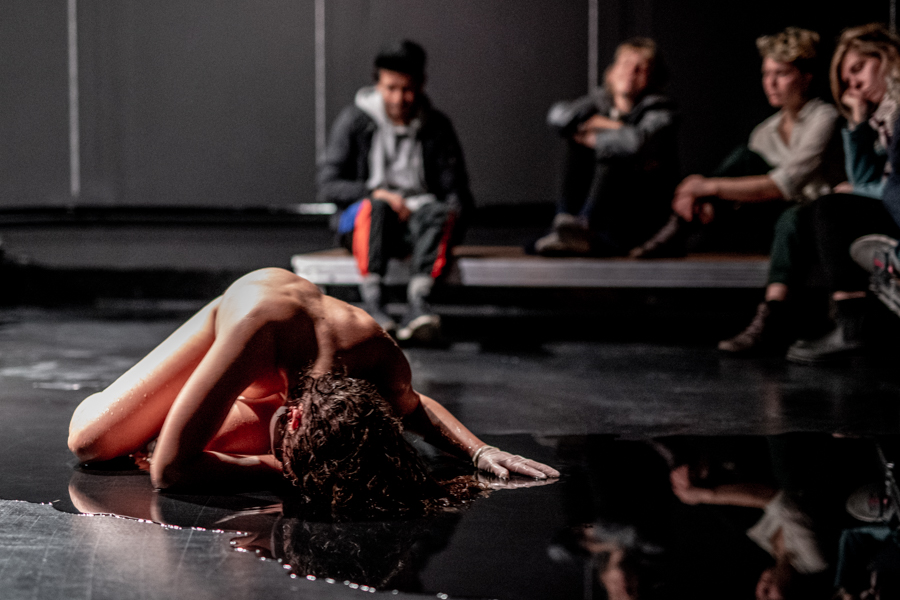
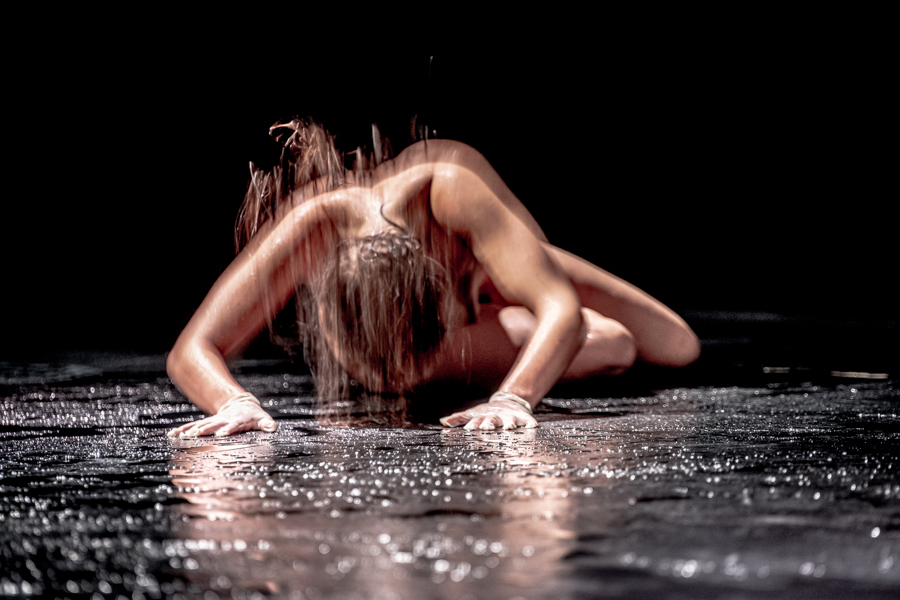
Celestial Bodies - Performing Arts Festival, Reykjavík, 20-22.08.2019
The body’s history is a labyrinth of stories about shaping and subjecting it to and through ideological regimes. As ideological emplacements, bodies fall and unfold into aesthetic norms, gendering, and the racialization of flesh. A legacy of Western philosophy to the present day creates an uncanny antagonism for the female* body: Already throughout the dark decades of Enlightenment, women* have been equated with nature, with “the body”; whereas men associated themselves with “the mind”. At the same time, “purity”, a conflation of physical cleanliness and moral virtue, was idealized and formed a neat and clean corset of expectations upon the female* body. And hence, those bodies were never supposed to be bodies.
Because bodies are messy, bodies are sensual, bodies are wise, bodies are complex, bodies are in constant change. Bodies are.
what remains washes away invites into a liquid landscape, a space in which a body female-assigned-at-birth meanders between exposure/exhaustion and refusal/regeneration/pleasure. It asks about the many bodies and her-stories that live in rituals of washing and about the possibilities to fragment and liquefy the body and the inscriptions it carries. what remains washes away is a dedication to the fluctuating body, a body that exists beyond body-mind-dichotomies, ever grazing on flux.
choreography, performance, stagedesign: Nora Tormann // assistance: Mari Bø // technical assistance: Aron Martin Ásgerðarson // mentorship: Steinnun Ketilsdóttir, Rosie Heinrichs, Satu Herrala, Alexander Roberts// conversation partners: Kate McIntosh, Michikazu Matsune // fotos: Maciej Zakrewski
A production by Nora Tormann. Supported by Listaháskoli Íslands.